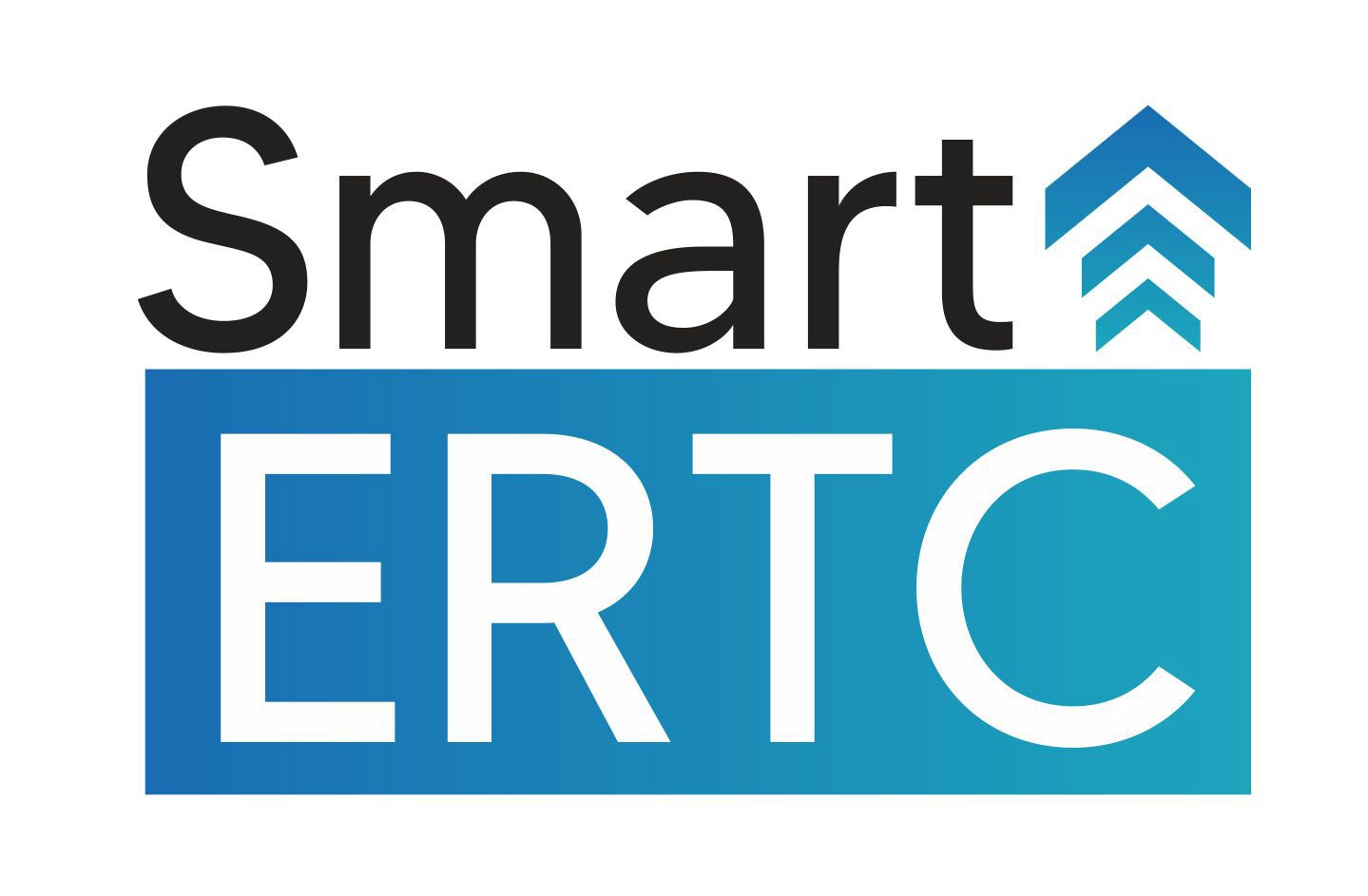In these challenging times, the Employee Retention Tax Credit (ERTC) provides a valuable opportunity for businesses that kept their W2 employees on payroll despite the financial impacts of the COVID-19 pandemic. In this guide, we will delve into the ERTC and how businesses can effectively claim these tax credits to sustain their operations.
What is ERTC?
ERTC is a refundable tax credit initiated by the Coronavirus Aid, Relief, and Economic Security (CARES) Act in March 2020 and later broadened by the Consolidated Appropriations Act of 2021 and the American Rescue Plan Act of 2021. It aims to aid businesses that retained their employees during the COVID-19 crisis.
How Does the ERTC Work?
ERTC offers a credit of 50% of qualified 2020 wages, up to a maximum credit of $5,000 per employee in 2020, and 70% of qualified 2021 wages, up to a maximum credit of $7,000 per employee, per 2021 quarter. The credit may cover wages paid between March 13, 2020, and September 30, 2021, though for businesses established on or after February 15, 2020, may also include wages paid in Q4 2021. Eligible employers must have either faced a significant decline in gross receipts or been subject to a full or partial suspension of operations as a result of COVID-19 related government orders.
Eligibility Criteria
- Show a decline in gross receipts. The employer's gross receipts for a calendar quarter in 2020 were less than 50% of gross receipts for the same calendar quarter in 2019, and/or the employer's gross receipts for a calendar quarter in 2021 were less than 50% of gross receipts for the same calendar quarter in 2019; or
- Have experienced a full or partial suspension of operations due to COVID-19 related government orders, including mandatory closures, curfews, and other restrictions that had more than a nominal impact on the business.
Eligible employers can claim the credit on their employment tax returns, typically Form 941X, for the applicable calendar quarter(s). If the credit exceeds the employer's total liability for social security taxes for the quarter, the excess is treated as an overpayment and can be refunded to the employer. It is important to keep detailed records and documentation of the employer's eligibility for the credit, including evidence of the decline in gross receipts and/or impact on the business of government orders related to COVID-19. This documentation will be necessary in the event of an audit.
Claiming ERTC
Eligible employers must report ERTC on their amended federal employment tax returns, usually Form 941X, which is filed quarterly. Employers can also opt to receive the credit in real-time by reducing their required payroll tax deposits. This enables businesses to receive the credit immediately rather than waiting until the end of the quarter.
Conclusion
ERTC provides a much-needed source of financial relief for businesses that struggled to retain their employees during the COVID-19 pandemic. To make the most of this credit, businesses must meet the eligibility criteria and correctly file the necessary paperwork.
At SmartERTC, we are dedicated to guiding our clients through the complex world of tax credits and incentives. If you have any questions regarding ERTC or any other tax credit, don't hesitate to reach out to us. We are here to help.


